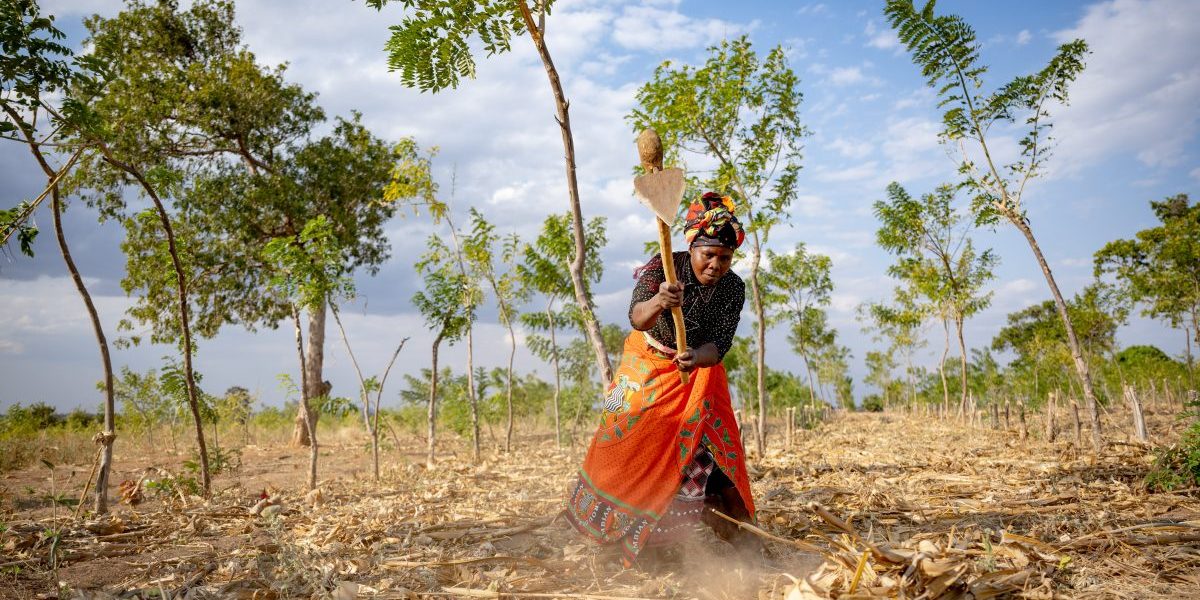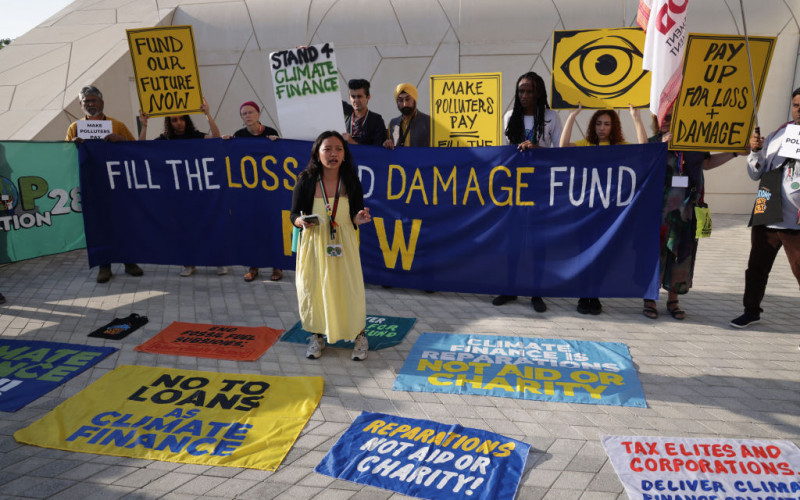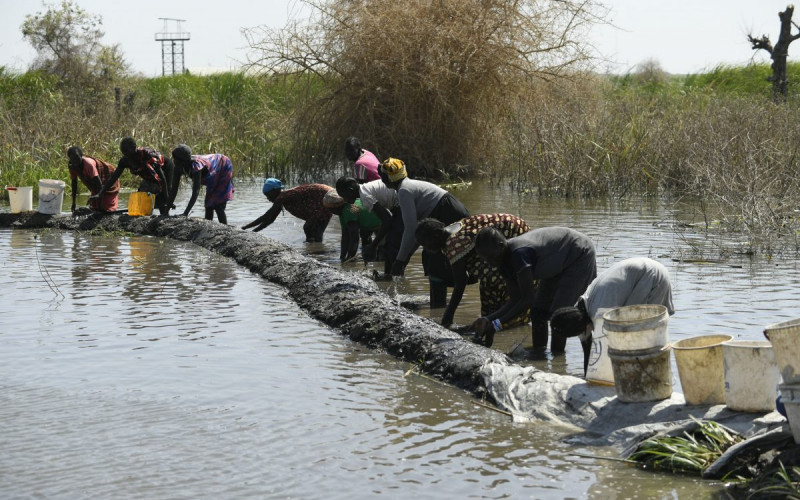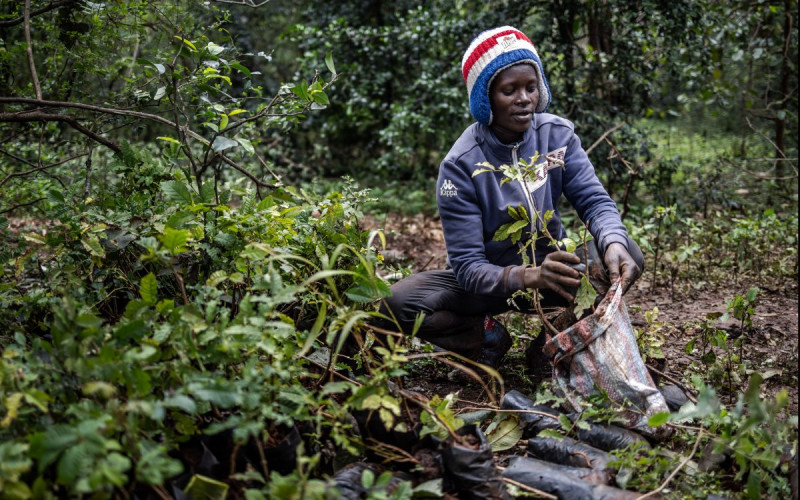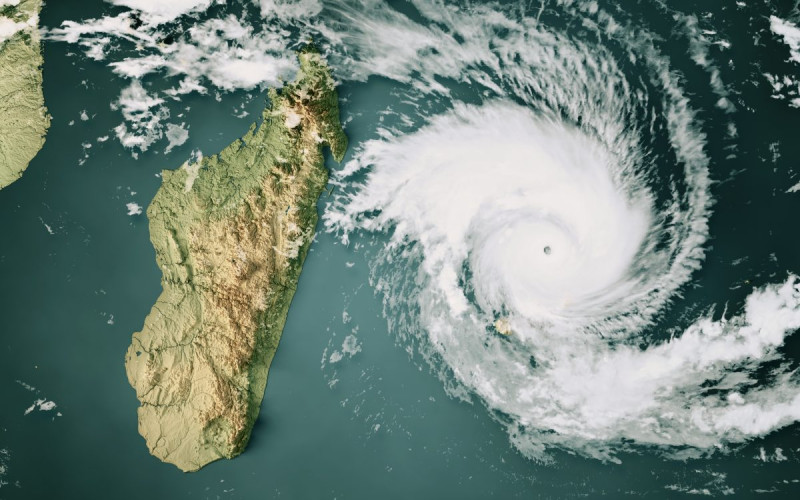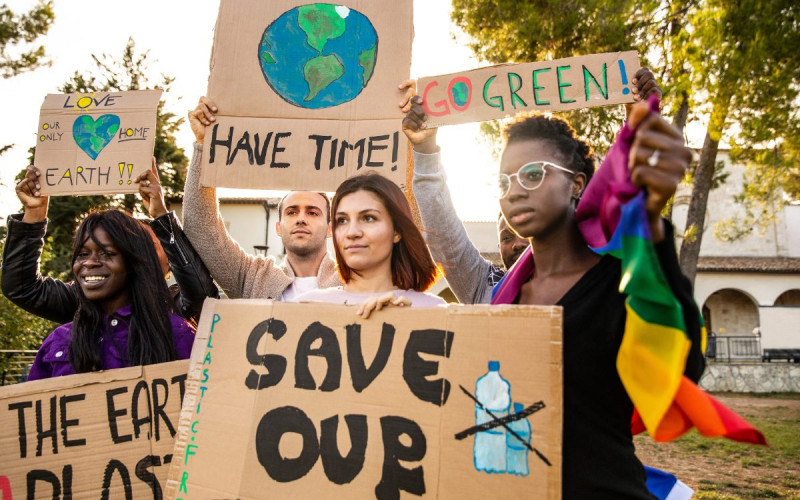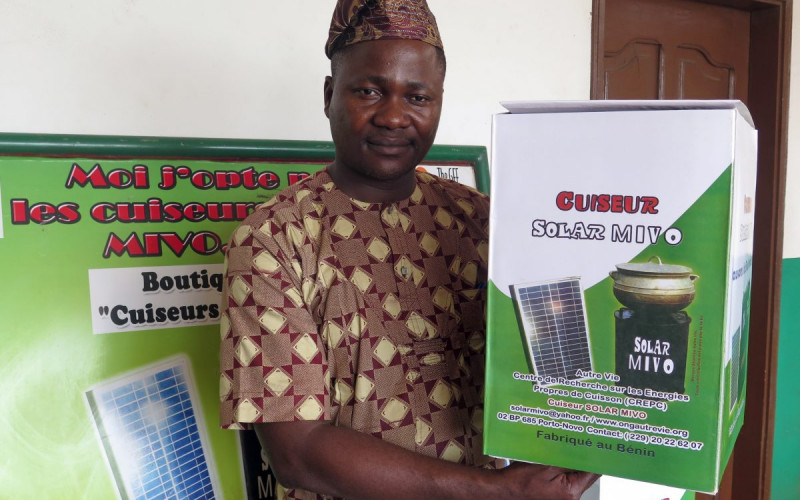Africa, as a region, is particularly vulnerable and exposed to the negative impacts of climate change. According to the Intergovernmental Panel on Climate Change (IPCC), the continent’s particular vulnerability is a symptom of multiple stressors, including biophysical characteristics, its high exposure to climate change, the already existing socio-economic development challenges and its low adaptative capacity.
In addition, Africa’s agricultural systems are characterised by smallholder farmers, pastoralists and artisanal fishers who are particularly vulnerable to, and often severely compromised by, environmental and economic shocks, including natural disasters (especially drought), pest outbreaks and the volatility of food prices. These vulnerable groupings are highly dependent on rain-fed agriculture (and natural resources in general), lack alternative livelihood options, and generally are experiencing widespread poverty and unemployment, with low levels of education and unequal access to financial resources, climate services and other modern technologies and innovations.
At the same time, it is reported that Africa’s agricultural production needs to ramp up substantially in order to meet the needs of the region’s growing population; the 2022 report by the Global Network against Food Crises estimated that 140 million people in Africa face acute food insecurity.
However, Africa’s food production capacity – including its farmlands, rangelands and aquatic resources – are increasingly being affected by the degradation of ecosystems and climate variability. This is felt at the farm-level through a decrease in crop yields, a reduction in the nutritional quality of food including major cereals, as well as through the decrease in livestock productivity.
The onset of recent global events, such as the COVID-19 pandemic and the Russia-Ukraine war, has also had major implications for the agriculture and land-use sectors in Africa. According to the International Monetary Fund, food prices in Africa increased on average by 23.9% from 2020 to 2022 – the highest increase since the financial crises of 2008. Research has further found that, despite agriculture being a major contributing sector to the continent’s economic growth, most countries still rely on imports to meet the demand for food, with both Russia and Ukraine being major sources of wheat imports to Africa. As a result, according to an African Development Bank estimate, since the start of the Russia-Ukraine war Africa has experienced approximately $30 million in food shortages, pushing many people into severe poverty and causing a widespread increase in malnutrition. Rising global energy prices also have implications for Africa’s farm-to-market transportation costs, further exacerbating poverty levels on the continent.
In response to these vulnerabilities and impacts, it is essential that African countries develop adaptation and resilience building strategies to support their vulnerable farmers and agriculturally dependent communities, and that they devise proactive strategies and policy frameworks to manage agro-systems to better withstand shocks, stresses and unpredictable future global crises.
This article, which appears Open Access in the South African Journal of International Affairs (Volume 30.4), is intended for policymakers across the continent to support efforts to strengthen Africa’s climate-smart agriculture and food systems.
Romy Chevallier is also a policy consultant with the project ‘Accelerating Impacts of CGIAR Climate Research for Africa (AICCRA)’.

